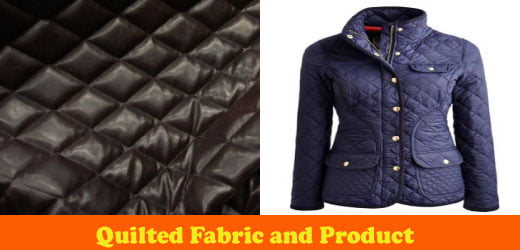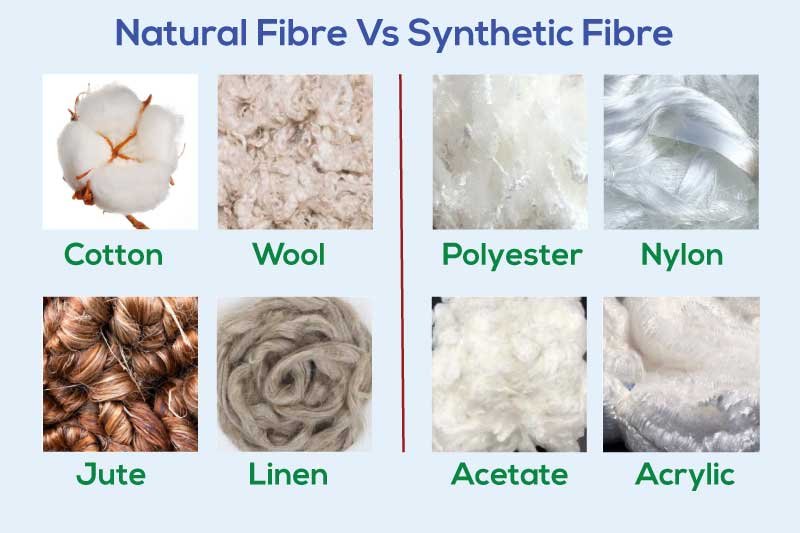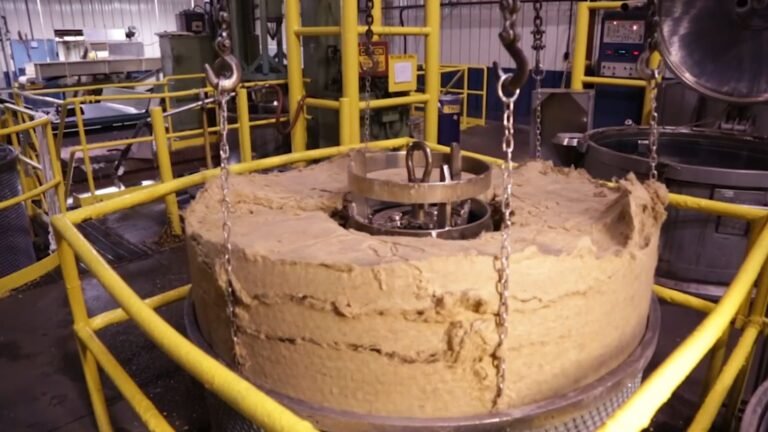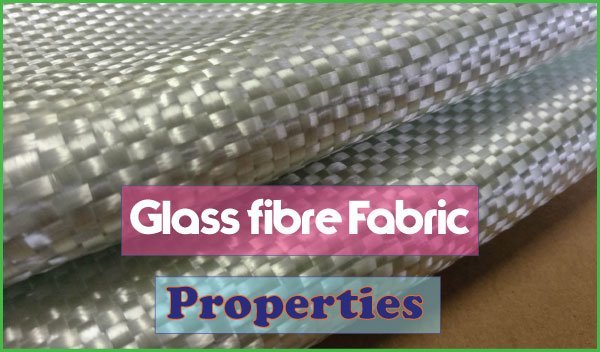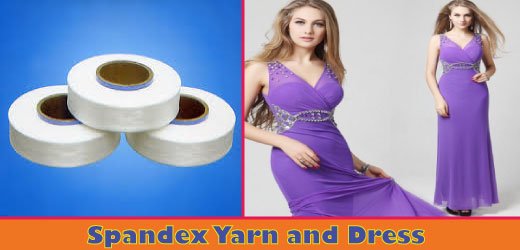What is Quilted Fabric | Composition and Characteristics of Quilted Fabric
Definition of Quilted Fabric Quilted fabrics are layered materials consisting of two cloths that encase a filling and are stitched together to form a puffy unit. Composition of Quilted Fabrics The outer layers of these ….. Read More

